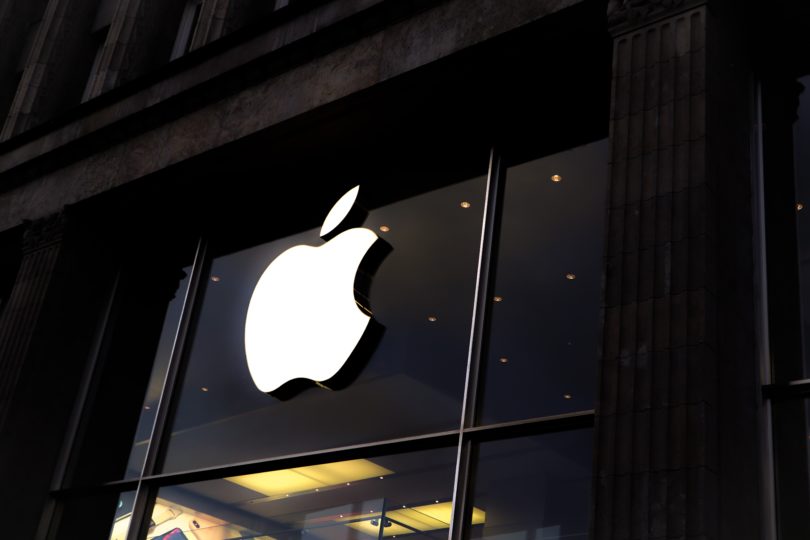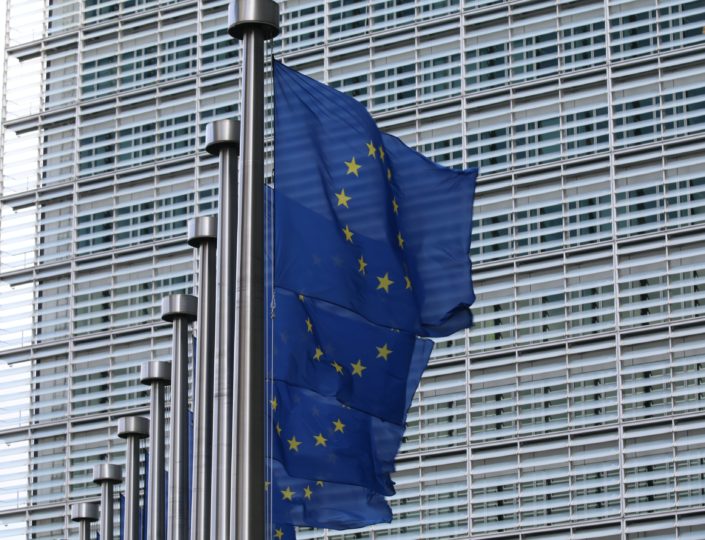
In September, the CJEU confirmed that Ireland provided unlawful state aid to Apple by granting the company favourable tax treatment contrary to EU law, marking the end of a nearly 10 year battle of appeals.
Below, Gráinne Duggan SC revisits the case, examining the application of section 25 of the Tax Consolidation Act 1997.
The CJEU Ruling on Apple-Ireland State Aid Case
In a previous Viewpoint article discussing the Advocate General’s opinion in Case C-465/20 P Commission v Ireland and Other, I predicted a tale with many chapters but the story has come to an abrupt and definitive end. The Court of Justice of the European Union (CJEU) has held that Ireland gave Apple favourable tax treatment which amounted to state aid contrary to EU law. Therefore, the case will not be referred back to the General Court and there is no further right of appeal. So what then, if any, are the tax takeaways from this case?
What was the Apple State Aid Case About?
The case concerned how Apple ascertained the chargeable profits of two Irish branches within its group for Irish tax purposes and in particular, for the purposes of section 25 of the Taxes Consolidation Act 1997 (the TCA). The branches held significant intellectual property (IP) licences for the Apple group and the two Irish branches were branches of head offices within the group, who themselves had no physical presence in Ireland. Apple agreed its method for calculating the allocation of profits from these IP licences to these branches with the Irish Revenue Commissioners in advance by way of two agreements made in 1991 and 2007. The Commission criticised Ireland for doing so because Ireland had simply accepted that the profits derived from the IP licences were to be allocated outside of Ireland to the branches’ head offices.

The European Commission said these advance agreements gave rise to a tax advantage because it resulted in the allocation of profits on a non-arm’s length basis. The Commission argued that other companies in the market would have had to allocate their branch profits by reference to prices negotiated at an arm’s length basis within the market, but Ireland had permitted Apple to agree it in advance.
The European Commission found in 2016 that Apple had been given an unfair tax advantage by Ireland. This was appealed to the General Court who held that the European Commission had not satisfied the General Court that Apple had in fact received a tax advantage. However the CJEU has now ultimately held that the General Court was wrong and the Commission was right.
What is the Test in Section 25?
Section 25 of the TCA provides when a charge to Irish corporation tax will arise on a non-resident company.
Section 25 stated at the time:
(1)A company not resident in the State shall not be within the charge to corporation tax unless it carries on a trade in the State through a branch or agency, but if it does so it shall, subject to any exceptions provided for by the Corporation Tax Acts, be chargeable to corporation tax on all its chargeable profits wherever arising.
(2)For the purposes of corporation tax, the chargeable profits of a company not resident in the State but carrying on a trade in the State through a branch or agency shall be –
(a)any trading income arising directly or indirectly through or from the branch or agency, and any income from property or rights used by, or held by or for, the branch or agency, but this paragraph shall not include distributions received from companies resident in the State…”
As such, while section 25 set out the scope of the charge to corporation tax in the case of a non-resident company, how precisely the chargeable profits were to be ascertained was not exactly crystal clear. The General Court had held that the test in section 25, as described by Ireland, in effect correlated to the functional and factual analysis carried out as part of the first step of the approach authorised by the OECD for profit allocation to a permanent establishment.
This first step involves hypothesising the branch as a distinct and separate enterprise and is referred to as the Authorised OECD Approach. However, the Authorised OECD Approach did not apply at the time the rulings were given to Apple and as such, this approach by the Court has been criticised.
In any event, the General Court held that section 25 of the TCA and the arm’s length principle and the Authorised OECD Approach required, for the purpose of determining the chargeable profits in Ireland of a non-resident company, the use of a ‘functional’ analysis to identify the activities performed, the assets used and the risks assumed by the branch of that company in Ireland (at paragraph 242). The Court stated that
“such a comparison makes it possible to verify whether the allocation of assets within the non-resident company, accepted by the tax authorities as the basis for determining chargeable profits in Ireland, is consistent with the actual allocation of functions, assets and risks between the various parts of that company”.
Ireland had argued that section 25 required an analysis of the actual activities of Irish branches of a non-resident company and the market value of those activities. Ireland argued that the activities performed by head office should be entirely irrelevant to the application of section 25.
However, the CJEU agreed with the General Court (at paragraph 200). The CJEU held that the test for determining the profits of a non-resident company under section 25 requires the allocation of assets, functions and risks between the branch and other parts of that company to be taken into account, without requiring any account to be taken of the role played by separate entities.
In the appeal to the CJEU, the Commission argued that the General Court, in spite of setting out the correct test, incorrectly applied the test and erroneously considered the activities and functions performed by Apple Inc. The CJEU agreed and the Commission’s appeal was ultimately allowed.
Separately, in considering the functions that were carried out by the branches, the evidence of such activity was also analysed, highlighting the importance of documenting the role, function and decisions taken by the each of the branches in seeking to establish who is in fact doing what.

What Does it All Mean for the Future?
The world has moved on and the tax landscape is very different. Ireland now has clear rules regarding the attribution of profits to a branch of a non-resident company. This coupled with the advent of greater transfer pricing rules, BEPS Pillar 2 and other measures mean the tax takeaways from the Apple case are relatively little.
However, it is overall a good lesson in the importance of early and thorough record keeping when seeking to demonstrate what entity is carrying out what function.
The views expressed above are the author’s own and do not reflect the views of The Bar of Ireland.